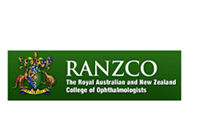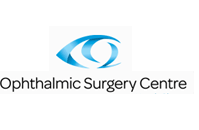Ocular Ischaemia
Ocular ischaemic syndrome (OIS) is a rare condition characterised by abnormal growth of blood vessels in the eye causing visual loss and pain. It occurs due to ocular hypoperfusion (condition where the blood supply to tissues are restricted, resulting in lack of oxygen and glucose required for metabolism, also called ischaemia). OIS occurs due to carotid artery stenosis i.e., when the blood vessels that supply blood to the eye become narrowed (>90%). Atherosclerosis (thickening of artery walls due accumulation of calcium and cholesterol) is a major cause of OIS. The other causes of OIS are giant cell arteritis, fibrovascular dysplasia, Takayasu arteritis, Behcet’s disease and dissecting aneurysm of carotid artery.
OIS is more commonly seen in males than in females and occurs in the age group of 50-80 years. The untreated condition of ocular ischaemic syndrome can lead to visual loss.
The common symptoms of OIS include vision loss, and eye pain. Other clinical manifestations include uveitis (inflammation of uvea), neovascularization, asymmetric cataract, sluggish reaction to light, corneal oedema, dilated retinal veins, cherry-red spot, narrowed retinal arteries, orbital pain, cotton-wool spots, vitreous haemorrhage etc.
OIS can be diagnosed by carotid artery ultrasound, Doppler imaging and fundus fluorescein angiogram. The differential diagnosis includes diabetic retinopathy and central retinal vein occlusion.
The management of OIS involves treatment advice from doctors of various fields like an ophthalmologist, neurologist and vascular surgeon. A consultation with a cardiologist may also be necessary in some cases. The treatment can be localized to the eye or systemic to address the narrowed carotid arteries. Local treatment includes medications, surgery or laser treatments to the eye. The systemic treatments include medications and surgical treatment to open up the carotid arteries. Early diagnosis is very essential with respect to treatment and survival due to the risk of stroke from carotid artery narrowing.







